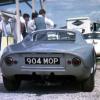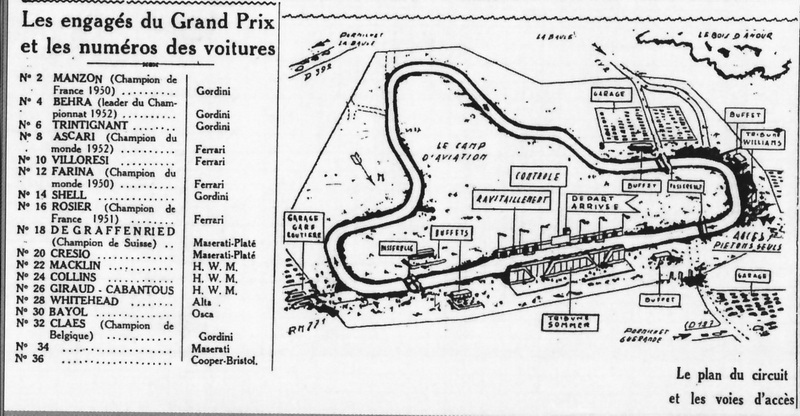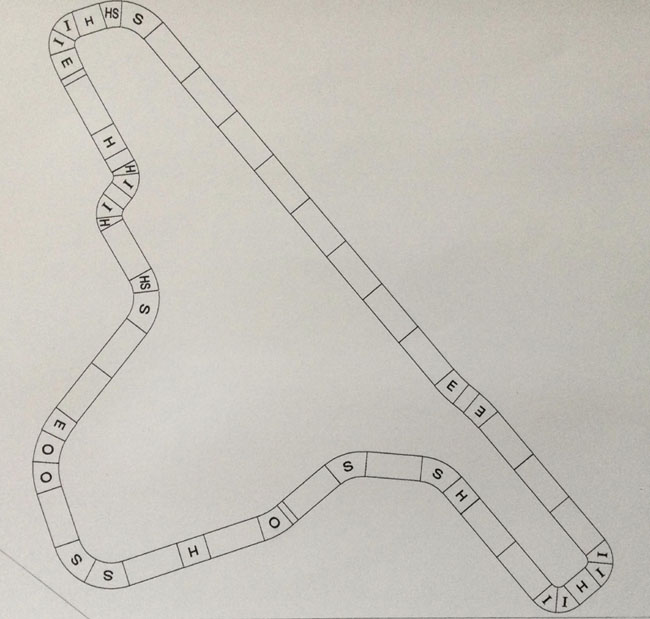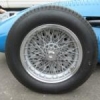I'm with Roger, I find the discussion interesting - well, except for that one post, but I guess the poster does feel better now, so all's good. I have a thick skin.
As to Roger's post, I agree with his point 1, however I fail to see the significance of that in this discussion. I have very often come across results that omitted race times in favour of average speeds, which is what we're effectively seeing here, I think.
I do not agree with point 2, it's not convincing me - I still think the printed 'evidence' is just a pretence to make the public believe that the results refer to the exact position of the cars on the appointed hour, and I still maintain that there is no practical way to finish a race other than at the finishing line. To his example, his calculation gives "3 metres less than the official results", to which I can reply that "my" calculation is only 1 metre shy which can be easily explained by the effects of rounding.
However, I am intrigued to learn that you have the individual lap times from La Baule - I only have those of the Pau Grand Prix, but sadly (as is so often the case with race timing in that period), they don't add up correctly, and without additional information it's almost impossible to find and correct those msitakes. I would love to get to the bottom of this, and since I have developed a spread sheet for the purpose of examining individual race lap times, can I ask you to make a copy available to me? Does Autocourse have lap times for other three hour races as well?* I'd love to get my teeth into this!
As for point 3, I'm not sure, I'd have to look into it again - I thought your suggestion in post #19 did look promising.
Point 4, this is not really relevant to the discussion, it was just an example of how these things can look different with a little twist. It doesn't really matter whether the race was, in fact, a two-hour race or not - I don't recall it either, I just presumed it to have been because of the rain and the finishing times. But I know there have been races that were stopped at two hours, so the point I was making is still (kind of) relevant. But please, no reason to get hung up on this.
* Let's not forget, the Argentine Grand Prix was run to the three-hour limit for several years in the fifties, but I have always seen the results presented in the traditional fashion!
Edited by Michael Ferner, 25 June 2022 - 09:06.
























